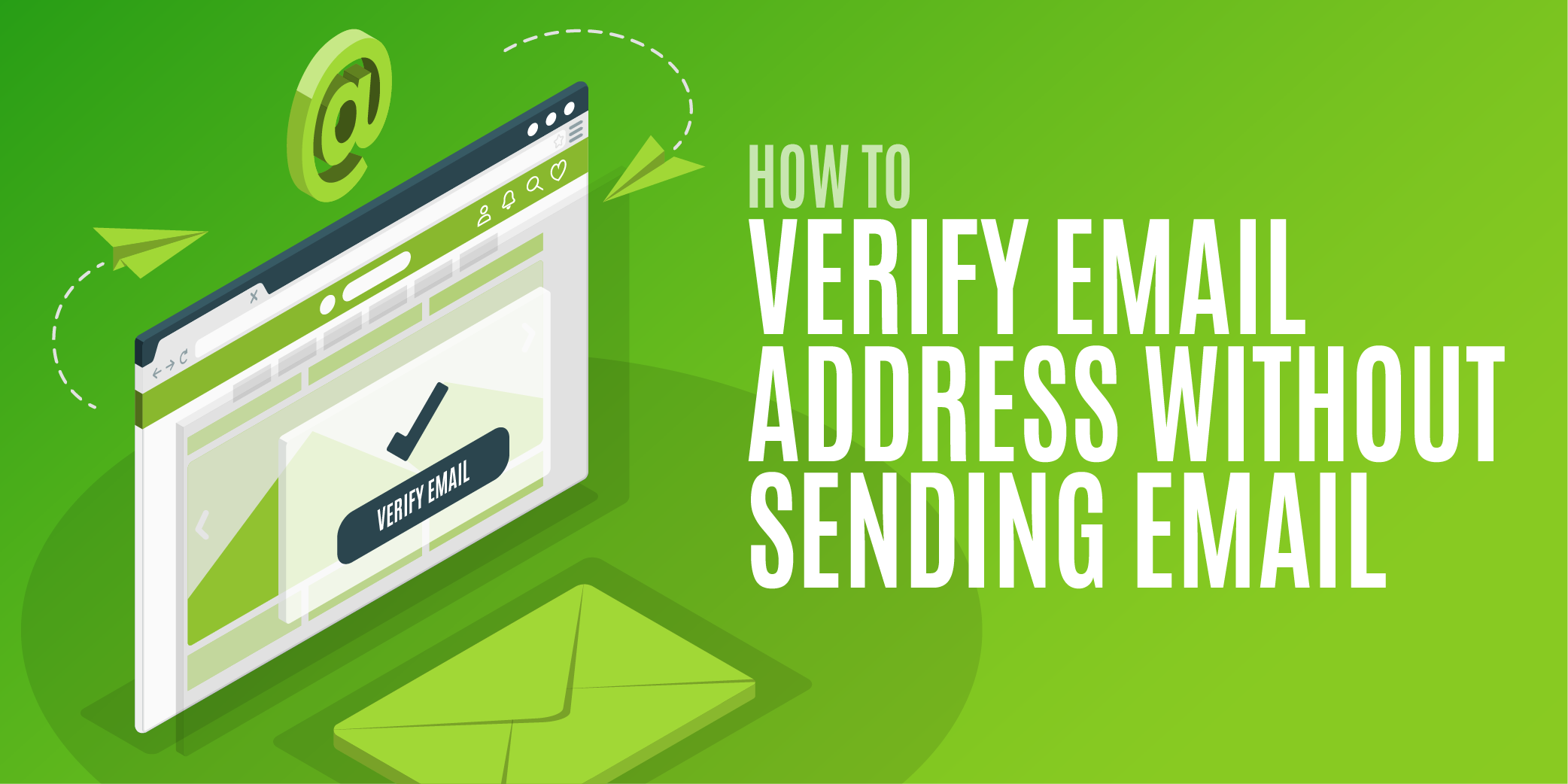
If your emails are landing in spam or not being opened, your sender reputation could be to blame. Before we dive into fixes, here are the key points to understand:
Key takeaways
- Email reputation directly affects inbox placement and deliverability.
- High bounce rates, spam complaints, and poor authentication damage your sender reputation.
- You can improve your reputation by cleaning your list, authenticating your domain, and monitoring performance.
- Tools like Email Hippo help maintain good list hygiene and prevent future issues.
- Consistent engagement and sending behaviour build long-term trust with ISPs.
If your email campaigns are underperforming — poor open rates, lots of bounces, or an inbox placement problem — your email reputation could be the culprit.
Your email reputation (also known as sender reputation) is like a trust score assigned by email providers. A strong score means your emails reach inboxes. A weak one? You’re more likely to land in spam, or worse — get blocked entirely.
In this article, we’ll show you how to improve email reputation by fixing 7 of the most common issues that cause it to decline. Whether you’re dealing with a damaged domain or just want to stay ahead of problems, these tips will help you protect your deliverability.
1. High bounce rates
Why it hurts: Bounces tell email providers you're sending to invalid addresses — a red flag that you’re not maintaining your list properly.
How to fix it:
- Use email verification tools to clean your list before sending.
- Remove undeliverable and hard-bounced emails immediately.
- Avoid purchased or scraped lists.
2. Spam complaints
Why it hurts: If users hit “report spam,” your reputation takes a hit — even if your emails are legitimate.
How to fix it:
- Set clear expectations at sign-up.
- Use a recognisable sender name and relevant subject line.
- Offer a visible unsubscribe link (and honour opt-outs quickly).
3. Low engagement (opens, clicks, replies)
Why it hurts: ISPs monitor engagement. Low open and click rates suggest recipients don’t want your emails.
How to fix it:
- Segment your list and send more relevant content.
- Personalise messages and optimise your send times.
- Regularly remove inactive subscribers.
4. Inconsistent sending patterns
Why it hurts: Sudden spikes in email volume or erratic sending behaviour can trigger spam filters.
How to fix it:
- Send consistently.
- Use a warm-up strategy for new IPs or domains.
- Avoid “batch and blast” sends to cold contacts.
5. Missing or incorrect authentication (SPF, DKIM, DMARC)
Why it hurts: Without proper email authentication, providers may flag or reject your messages.
How to fix it:
- Set up SPF, DKIM, and DMARC records.
- Test your setup using tools like Mail-Tester or MXToolbox.
- Monitor your domain’s reputation and fix misalignments.
6. Blacklisting
Why it hurts: Being on an email blacklist can block your messages entirely, or push them into spam.
How to fix it:
- Check your domain and IP status regularly.
- If listed, follow the removal process provided by the blacklist.
- Improve your practices to prevent re-listing (e.g. cleaner data, verified emails).
7. Using low-quality or purchased lists
Why it hurts: These lists often include spam traps, invalid addresses, and unengaged users.
How to fix it:
- Only send to users who have opted in.
- Build your list with trust — use forms, gated content, or lead magnets.
- Run regular verifications with a tool like Email Hippo to maintain list quality.
Final thoughts: Build long-term reputation
Improving your email reputation is both a repair job and a long-term strategy. When you consistently send to clean, verified lists, engage your audience, and follow best practices, email providers trust your domain — and your emails get delivered.
It’s also no longer just good practice — authentication is essential. With tighter requirements from major providers like Google and Yahoo, setting up SPF, DKIM, and DMARC is now a minimum standard for responsible senders.
Ready to clean your list? Start verifying emails with Email Hippo today!
FAQs
How can email sender reputation be improved?
Maintaining a clean email list, using authentication protocols (SPF, DKIM, DMARC), and sending consistently to engaged users are key to improving email sender reputation.
How do I fix my email reputation?
Identify key issues such as bounces, spam complaints, or blacklists, then take corrective action like cleaning your list, authenticating your domain, and improving engagement.
How do I improve my email deliverability?
Improve deliverability by verifying email addresses, authenticating your domain, and sending targeted, relevant content to subscribers who have opted in.
How do I clean my email reputation?
“Cleaning” your email reputation means removing invalid or unengaged contacts, avoiding spam traps, and re-establishing consistent, high-quality sending practices.
How do you build sender reputation?
Build sender reputation by sending to verified, engaged audiences over time with consistent frequency and clear authentication protocols in place.





